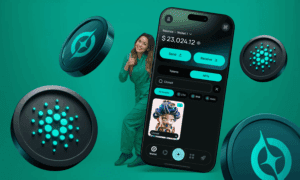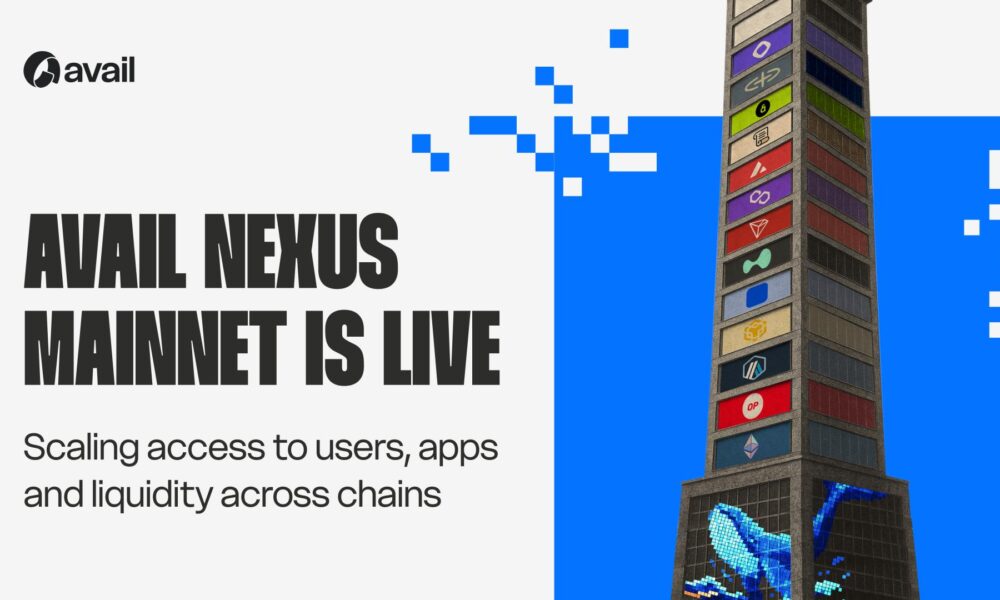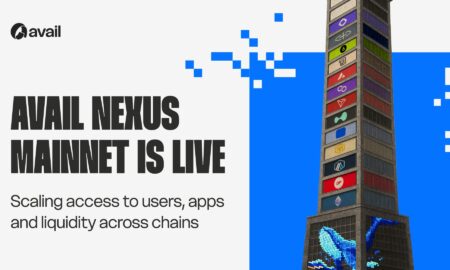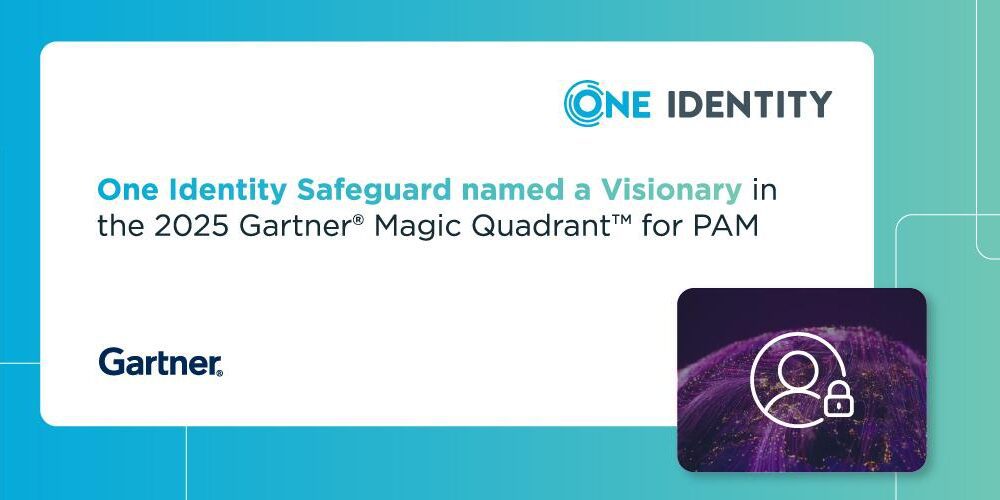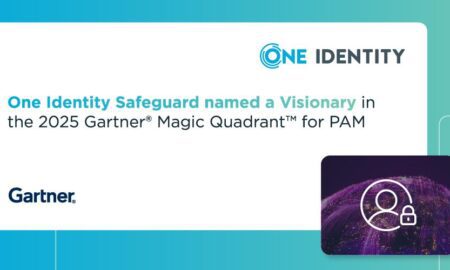Picture this: a patient’s heart rate spikes unexpectedly at 2 AM, and within seconds, the right team receives an alert with complete context about their medical history and current medications. That’s not science fiction – it’s happening right now in hospitals worldwide. Patients reported more positive perceptions of their care in 2023 compared to the previous year, with scores in ambulatory surgery and medical practices hitting five-year highs (85.3 and 84.1 out of 100, respectively).
This dramatic improvement stems largely from clinicians having access to immediate, actionable information when they need it most. The days of waiting hours for lab results or hunting through paper charts are fading fast, replaced by systems that put critical information at doctors’ fingertips instantly.
The Speed Revolution in Clinical Care
Modern healthcare moves at breakneck speed, and clinical decisions can’t afford to wait for outdated information when every second counts. Having access to real-time patient data transforms how medical professionals respond to emergencies and ongoing care needs. It enables faster diagnoses, more accurate treatments, and improved patient outcomes across the board.
Breaking Down Information Silos
Traditional healthcare systems often trap vital information in separate departments. Lab results sit in one system, imaging in another, and nursing notes elsewhere. This fragmentation forces clinicians to piece together incomplete puzzles when making critical decisions.
Healthcare data analytics now bridges these gaps, creating unified views of patient status that update continuously. Instead of calling three different departments, a doctor can see everything they need on one screen.
Eliminating Dangerous Delays
Every healthcare professional has stories about delays that complicate patient care. Maybe lab results took four hours to reach the right person, or a medication allergy wasn’t immediately visible during an emergency. These scenarios become rare when systems deliver information instantly.
Real-time health insights prevent dangerous medication interactions, alert teams to deteriorating conditions, and ensure everyone involved in a patient’s care stays informed.
Creating Proactive Care Models
Rather than simply reacting to problems, modern healthcare increasingly focuses on preventing them. Continuous monitoring systems track vital signs, medication adherence, and other key indicators. When patterns suggest trouble ahead, teams can intervene before situations become critical.
Transforming Patient Voices Into Action
Healthcare providers have always valued patient feedback, but collecting and acting on it used to take weeks or months. Now, patient-reported outcomes flow directly into clinical workflows, creating immediate opportunities for care adjustments.
Real-Time Symptom Tracking
Patients no longer need to remember how they felt two weeks ago during a brief office visit. Mobile apps and wearable devices capture symptoms, pain levels, and medication effects as they happen. This continuous stream of information helps doctors understand treatment effectiveness and spot concerning trends early. A cancer patient’s nausea levels, for example, can trigger immediate medication adjustments rather than waiting for the next scheduled appointment.
Immediate Response to Concerns
When patients report severe symptoms or side effects through digital platforms, automated systems can prioritize these alerts based on urgency. Critical issues reach clinicians within minutes, while routine updates queue for regular review. This approach prevents serious problems from slipping through cracks in busy schedules.
Building Stronger Patient-Provider Relationships
Continuous communication through digital channels creates stronger connections between patients and their care teams. Patients feel heard and monitored, while providers gain deeper insights into treatment impacts. This ongoing dialogue improves trust and leads to better adherence to treatment plans.
Smart Technology Meets Clinical Expertise
Healthcare decision support tools work best when they enhance rather than replace clinical judgment. The goal isn’t to automate decision-making but to provide clinicians with better information faster.
Predictive Analytics in Practice
Advanced algorithms analyze patterns in patient data to identify those at risk for complications. These systems might flag patients likely to develop infections, experience medication reactions, or require readmission. Armed with these insights, care teams can take preventive measures and monitor high-risk patients more closely.
Integration With Existing Workflows
The most successful digital tools fit seamlessly into how healthcare professionals already work. Rather than forcing doctors to learn completely new systems, effective solutions integrate with existing electronic health records and familiar interfaces. This approach reduces resistance and speeds adoption across healthcare organizations.
Supporting Complex Decision-Making
Medicine involves countless variables, and even experienced clinicians can benefit from comprehensive data analysis. Decision support systems can quickly review treatment guidelines, patient allergies, drug interactions, and recent test results to suggest optimal approaches. These recommendations don’t replace clinical judgment but ensure nothing important gets overlooked during busy shifts.
Real-World Implementation Success Stories
Healthcare organizations worldwide are seeing measurable improvements from implementing real-time data systems, though success requires careful planning and execution.
Emergency Department Efficiency
Emergency rooms using real-time patient monitoring report significant improvements in response times and patient outcomes. When systems automatically prioritize cases based on severity and track patient flow through different stages of care, bottlenecks become visible and solvable. Staff can see which patients need immediate attention and which are stable enough to wait.
Chronic Disease Management
Patients with diabetes, heart disease, and other chronic conditions benefit enormously from continuous monitoring. Rather than relying on quarterly check-ups, healthcare providers can track blood sugar levels, blood pressure, and medication adherence daily. This approach catches problems early and allows for quick treatment adjustments.
Surgical Outcomes Improvement
Operating rooms equipped with real-time monitoring systems report fewer complications and improved patient safety. Continuous tracking of vital signs, anesthesia levels, and other critical parameters helps surgical teams respond immediately to changes. Post-operative monitoring continues this vigilance, alerting staff to potential complications before they become serious.
Traditional vs Real-Time Clinical Decision-Making
| Aspect | Traditional Approach | Real-Time Data Approach |
| Information Access | Hours or days delay | Immediate availability |
| Patient Monitoring | Periodic check-ups | Continuous tracking |
| Response Time | Reactive to symptoms | Proactive prevention |
| Data Integration | Siloed departments | Unified patient view |
| Decision Support | Experience-based | Evidence + real-time insights |
| Patient Engagement | Limited feedback | Continuous communication |
Moving Forward With Smarter Healthcare
Real-time data isn’t just changing how healthcare works – it’s fundamentally improving what’s possible in patient care. From preventing complications before they start to ensuring every voice gets heard immediately, these systems create opportunities that didn’t exist just a few years ago.
The technology continues evolving rapidly, but the core principle remains simple: better information leads to better decisions, and better decisions save lives. Healthcare organizations that embrace this shift aren’t just keeping up with trends – they’re positioning themselves to deliver the kind of care patients deserve and clinicians can be proud of.
Quick Answers About Real-Time Clinical Data
1. What is real time data for decision-making?
Real-time data provides instant access to current patient information, enabling healthcare teams to make faster, more informed decisions based on up-to-the-minute conditions rather than outdated reports.
2. How can real-time metrics support management decision-making?
Real-time analytics help healthcare managers identify operational bottlenecks, track patient flow, monitor staff efficiency, and respond immediately to capac






